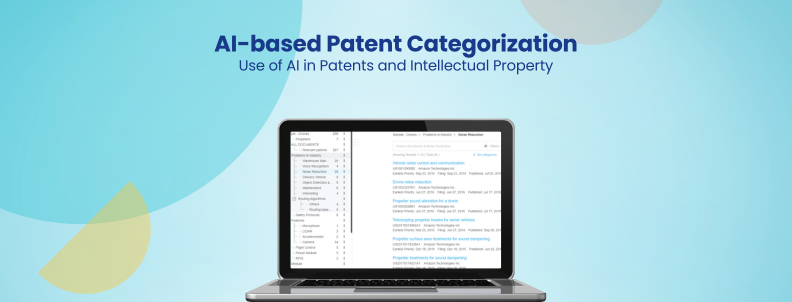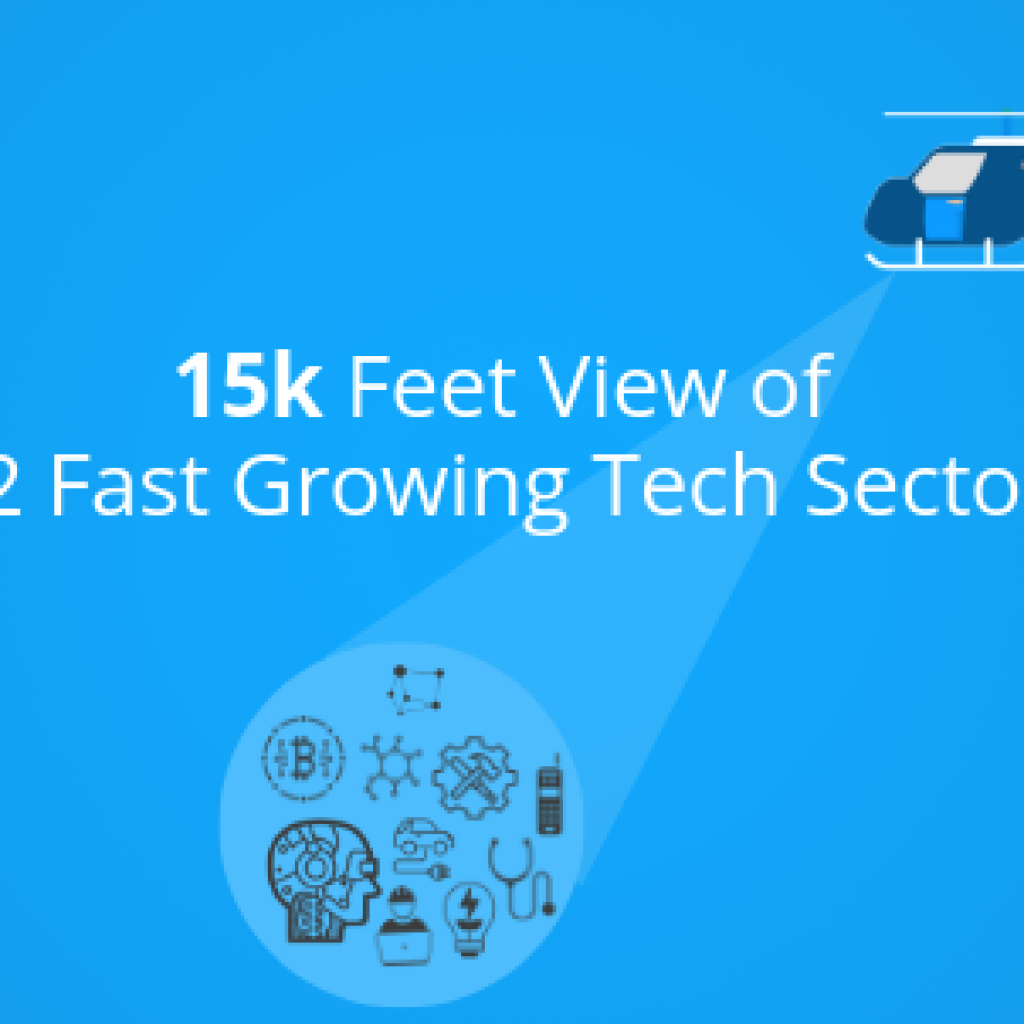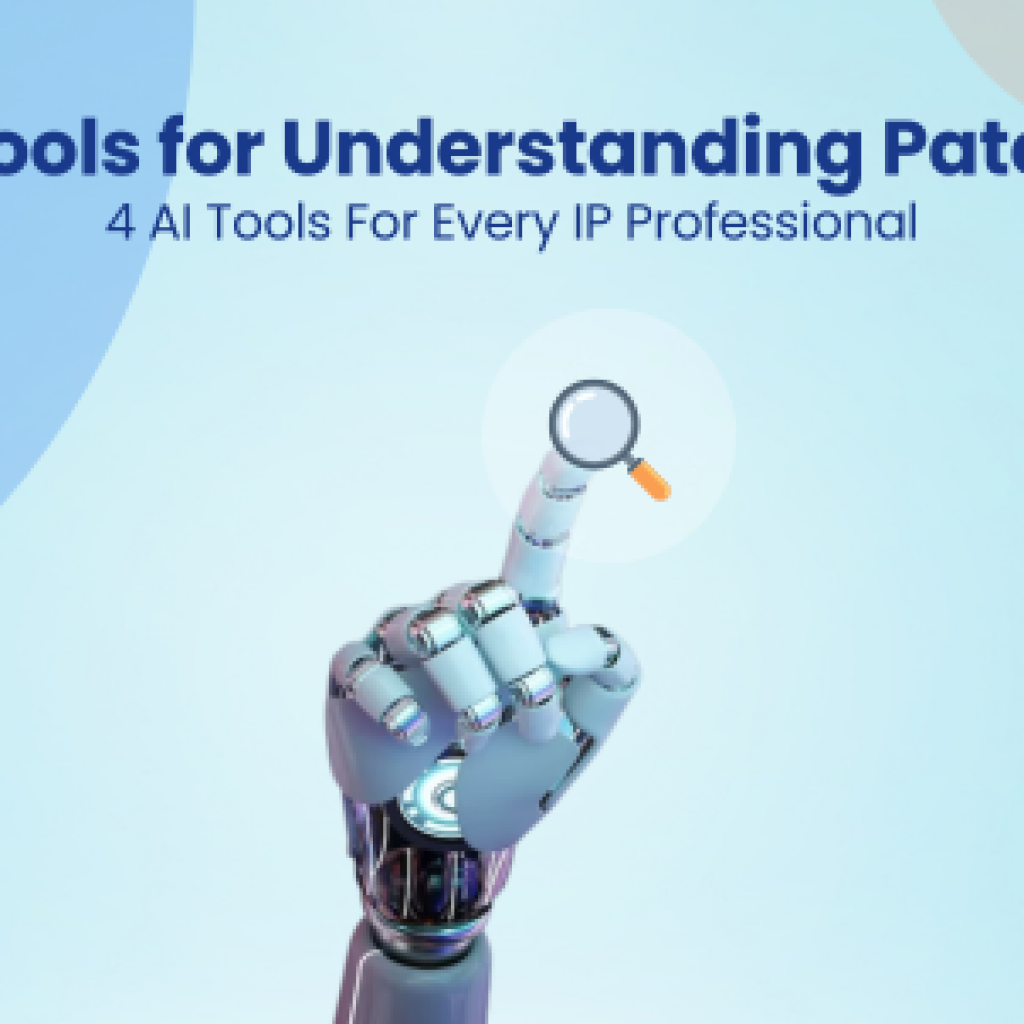The graph below compares different methods by cost and accuracy, including manual, AI, Keyword, and CPC-based patent analysis and categorization.
Here’s how each of these methods affects patent categorization-
CPC Classification
CPC Classification is the most common way to categorize patents. It quickly gives a broad overview of your portfolio but rarely translates into business use cases. For example, a drone company solving the noise reduction problem won’t have a dedicated CPC class, which renders the whole analysis ineffective.
Keyword Classification
Keyword Classification is often used to overcome the limitations of the CPC classification. It involves using a combination of words to define a concept. Common tricks like using all the synonyms of words (like UAV for drones) and looking at claims, abstracts, and titles are used to improve the categorization. However, this method is limited to the researcher’s searching or keyword combination skills, which often causes unpredictable results.
Manual Classification
Manual classification is by far the best method for obtaining accurate results. A researcher can understand the business cases and also the technology landscape. The major downside is the effort and costs associated with this kind of research. This is where AI-based classification comes into play.
AI-based Classification
AI is the sweet spot in patent analysis and categorization. It is cost-effective yet accurate enough compared to traditional methods like CPC or keyword classification. Simply give a label, and the system does the rest. Continuing with the same example, here’s a snippet of how AI classifies the patents automatically by reading the label “Noise Reduction.”

Patent Categorization – The core challenge
In IP, patent categorization is a core challenge that makes data unusable and thus inefficient. You don’t want to miss critical patents, and sifting through all the patents can be overwhelming- like searching for a needle in a haystack. Proper patent categorization directly helps by sorting the IP data, making your job easier and ensuring you only focus on what truly matters.
Patent categorization is the way to bring structure to the scattered data.
Done right, it can derive vital statistics from your portfolio, such as
- How many patents does my company have in each business unit? Where can I find the profit center and cost center?
- Where does our tech strength lie, and where are we lagging behind?
- What is the number of patents in a particular technology area where the business focuses on licensing?
- How is the R&D budget being utilized to file new patents?
This data can provide you with actionable insights and a clear industry landscape, including,
- The active industry segments
- The entry points of startups
- Stagnant or declining industry segments
- Industry segments where the company’s strength lies
- Whitespaces to invest in
However, to effectively find answers to these questions, we need a categorization that changes and evolves according to your company’s structure and nomenclature.
Of the four main approaches to tackle this problem, the AI-based approach offers maximum flexibility on a relatively low budget. It is faster with acceptable accuracy, and provides the insights required to drive your business.
Refined for over five years, SLATE now offers AI-based categorization of patent sets. SLATE will streamline your patent categorization process at a reduced cost and better accuracy, taking your team’s productivity to another level. So, you can leverage your patent portfolio to drive more business.
Click the button below to get your access to SLATE today.
Authored By – Vikash Gupta, Product Development











